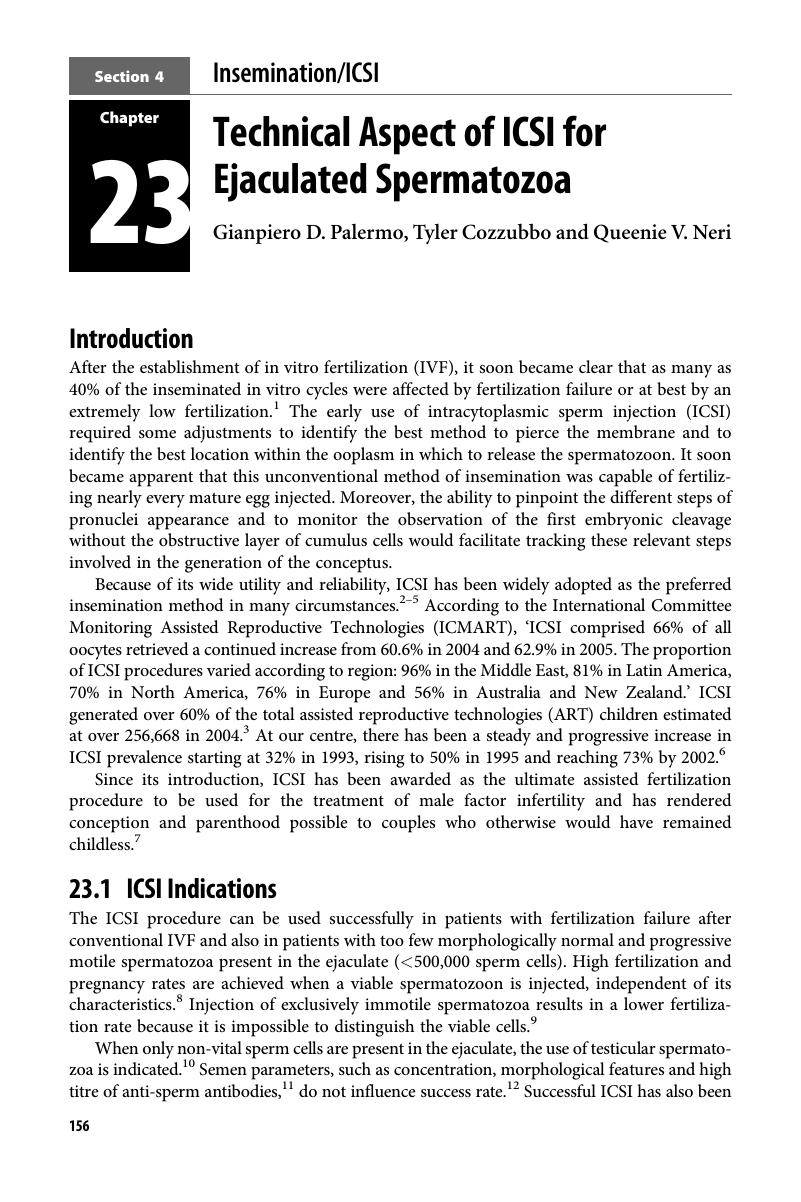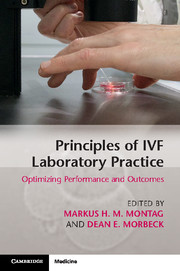Book contents
- Principles of IVF Laboratory Practice
- Principles of IVF Laboratory Practice
- Copyright page
- Contents
- Contributors
- Foreword
- Preface
- Section 1 Starting a New Laboratory and Training Protocols
- Section 2 Pre-Procedure Protocols
- Section 3 Gametes
- Section 4 Insemination/ICSI
- Chapter 21 Insemination
- Chapter 22 Conventional IVF with Short Co-Incubation
- Chapter 23 Technical Aspect of ICSI for Ejaculated Spermatozoa
- Chapter 24 Sperm Selection for ICSI by Morphology
- Chapter 25 Sperm Selection for ICSI by Viability
- Chapter 26 Artificial Oocyte Activation for IVF
- Section 5 Fertilization Assessment
- Section 6 Embryo Assessment
- Section 7 Embryo Cryopreservation
- Section 8 Embryo Biopsy
- Section 9 Embryo Transfer
- Section 10 Quality Management
- Index
- PDF Only
- References
Chapter 23 - Technical Aspect of ICSI for Ejaculated Spermatozoa
from Section 4 - Insemination/ICSI
Published online by Cambridge University Press: 11 May 2017
- Principles of IVF Laboratory Practice
- Principles of IVF Laboratory Practice
- Copyright page
- Contents
- Contributors
- Foreword
- Preface
- Section 1 Starting a New Laboratory and Training Protocols
- Section 2 Pre-Procedure Protocols
- Section 3 Gametes
- Section 4 Insemination/ICSI
- Chapter 21 Insemination
- Chapter 22 Conventional IVF with Short Co-Incubation
- Chapter 23 Technical Aspect of ICSI for Ejaculated Spermatozoa
- Chapter 24 Sperm Selection for ICSI by Morphology
- Chapter 25 Sperm Selection for ICSI by Viability
- Chapter 26 Artificial Oocyte Activation for IVF
- Section 5 Fertilization Assessment
- Section 6 Embryo Assessment
- Section 7 Embryo Cryopreservation
- Section 8 Embryo Biopsy
- Section 9 Embryo Transfer
- Section 10 Quality Management
- Index
- PDF Only
- References
Summary

- Type
- Chapter
- Information
- Principles of IVF Laboratory PracticeOptimizing Performance and Outcomes, pp. 156 - 162Publisher: Cambridge University PressPrint publication year: 2017

